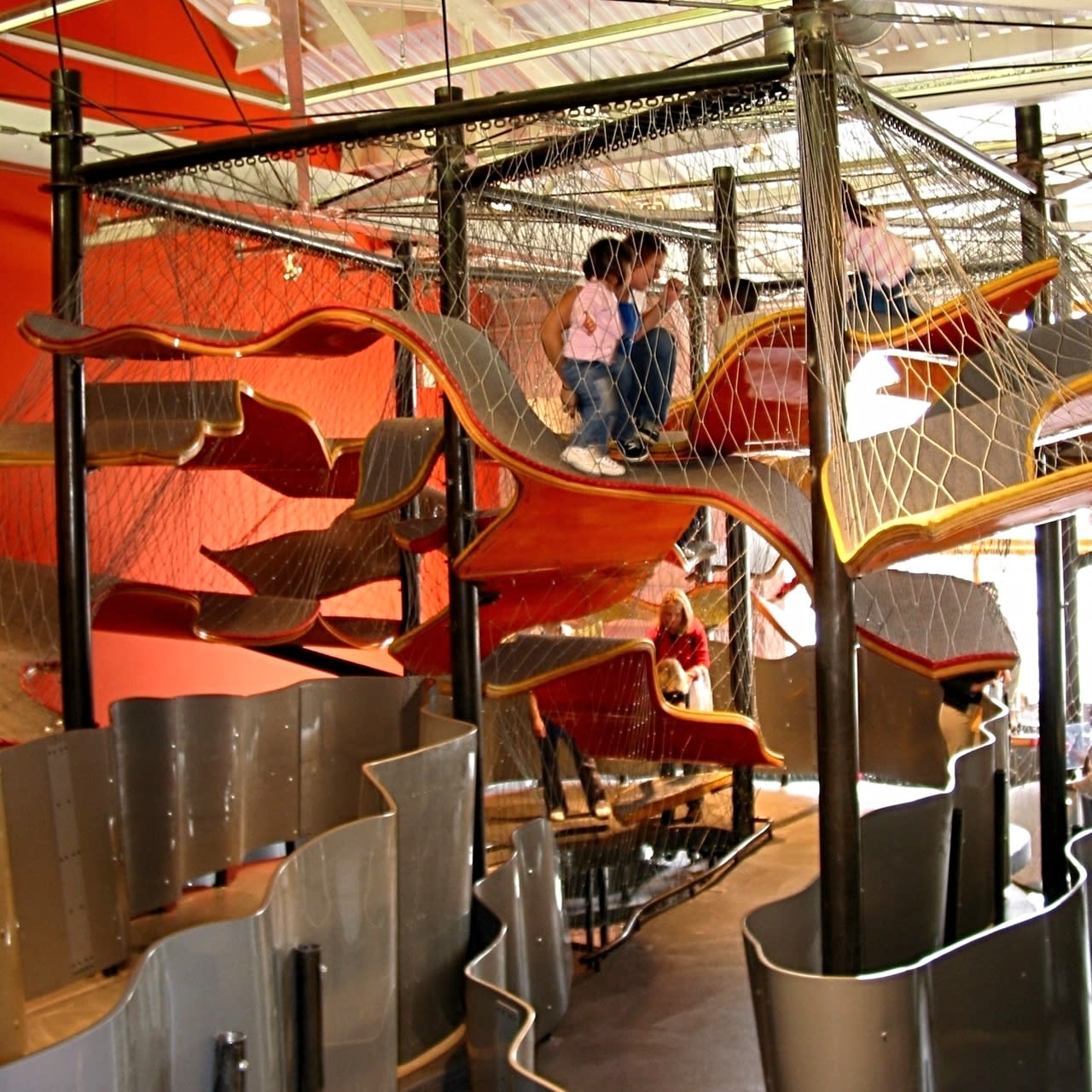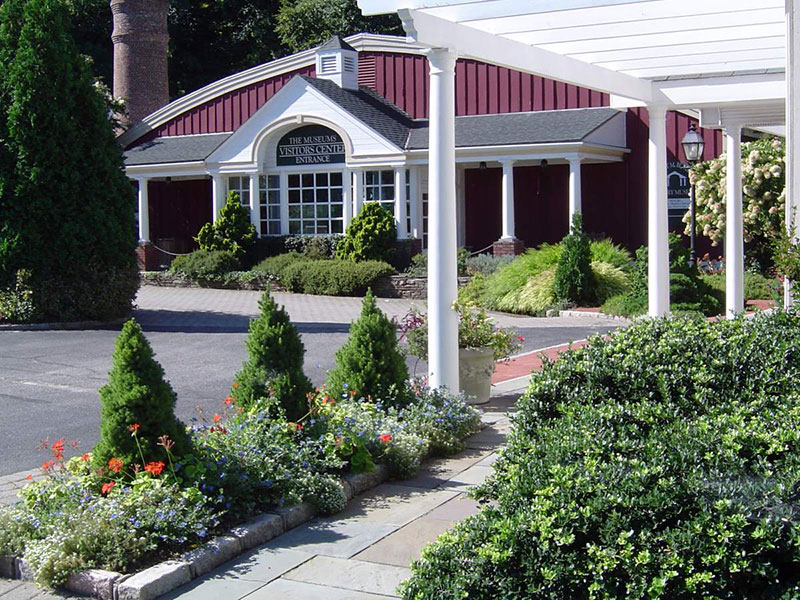Updates for Your See to The Long Island Museum Weather
Updates for Your See to The Long Island Museum Weather
Blog Article
Discover the Rich Background of Long Island at This Exciting Gallery
Immersing oneself in the historical tapestry of Long Island introduces a narrative that covers weaves and centuries together a varied selection of impacts. From the Native American people that first populated the area to the colonial inhabitants that shaped its early structures, the layers of background at this fascinating museum provide a look into a lost period. As visitors traverse with displays outlining the Industrial Change's impact and Long Island's maritime tradition, a deeper understanding of the region's evolution begins to emerge. Remain tuned as we discover Long Island's modern-day era, clarifying exactly how the previous remains to reverberate in the here and now.
Native American Influences on Long Island
The Native American impacts on Long Island have actually played a considerable duty fit the region's cultural heritage and historic advancement. Lengthy before European settlers arrived, the land currently called Long Island was lived in by numerous Indigenous American people, including the Massapequas, Montauketts, and Shinnecocks. These tribes lived off the land, angling in the abundant waters surrounding the island and cultivating the fertile dirt for agriculture.
The Indigenous Americans on Long Island had a rich spiritual and social tradition, noticeable in their detailed artwork, standard dancings, and oral narration. Their deep link to the land is shown in the names of several towns and spots on Long Island, which originated from the languages of these aboriginal individuals.

Colonial Heritage and Very Early Settlements
With the arrival of European inhabitants, Long Island's landscape started to undergo significant improvements as early american heritage and early settlements settled in the region. The Dutch were amongst the initial Europeans to establish a visibility on Long Island, with negotiations such as New Amsterdam (contemporary New York City) playing an essential function in the island's colonial history. Later on, the English gained control of the region, shaping the social and architectural landscape via the facility of towns and villages.
One of the most remarkable very early settlements on Long Island was Southampton, established in 1640 by English Puritans looking for religious freedom. This noted the beginning of organized European negotiation on the island, leading the way for additional development and growth. With time, more towns and towns emerged, each with its very own one-of-a-kind character and payment to Long Island's colonial heritage.
As these very early settlements expanded, they formed the structure for the diverse areas that exist on Long Island today. The colonial heritage of the area continues to be commemorated and maintained, using visitors a glimpse right into the past and an admiration for the rich history that formed Long Island into what it is today.
Industrial Transformation and Maritime Background
During a period of extensive transformation and technological innovation, Long Island's industrial transformation linked with its maritime history, shaping the region's financial landscape in unmatched ways. The Industrial Transformation, which began in the late 18th century, brought substantial changes to Long Island's economy. Industries such as angling, shipbuilding, and whaling thrived along the island's coasts, maximizing its tactical location and abundant natural deposits. The building and construction of railways and canals further increased Long Island's commercial growth, promoting the transport of items to markets throughout the nation.
Maritime trade played a critical role during this age, linking Long Island to significant ports in the United States and beyond. The island became a center for trade, welcoming vendor vessels and promoting a dynamic shipping sector. Long Island's distance to New York City also added to its financial prosperity, as goods could easily be carried between both regions. Today, residues of Long Island's commercial and marine past can be checked out at galleries and archaeological sites, using a peek right into the region's rich history.
Long Island in the Modern Age
Long Island's advancement in the contemporary age mirrors a fusion of practice and innovation, shaping its contemporary identity. As one of the most largely populated regions in the USA, Long Island has ended up being a center for varied sectors, ranging from innovation and healthcare to fund and tourist (The Long Island Museum). The island's proximity to New york city City has actually played a significant role in its advancement, with numerous commuters picking to stay in its rural communities
In the last few years, Long Island has seen a rise in sustainable campaigns intended at preserving its all-natural charm and combating environment modification. The conservation of its seaside locations, such as the Fire Island National useful source Seaside, highlights the island's commitment to ecological conservation. Furthermore, Long Island's social scene has actually flourished, with art galleries, music locations, and movie theaters adding to its dynamic social landscape.
Furthermore, the modern-day period has seen Long Island accept variety and incorporation, with a growing populace of immigrants adding to its rich tapestry of societies. On The Whole, Long Island continues to develop, stabilizing its abundant history with contemporary development to shape a resistant and vibrant community.
Unique Exhibitions and Forthcoming Occasions
Showing Long Island's vibrant social landscape and commitment to development, the museum is currently hosting a series of special exhibitions and eagerly prepares for forthcoming events. One of the special exhibits presently on display screen is "Long Island Via the Ages," which traces the island's abundant history from its early native residents to the here and now day. This exhibit showcases artefacts, multimedia, and documents presentations that offer a thorough consider the varied heritage of Long Island.
In addition to the continuous unique exhibitions, the gallery is preparing for an amazing lineup of upcoming events. Visitors can expect a lecture collection featuring distinguished historians and neighborhood professionals talking about various aspects of Long Island's history. There will certainly additionally be hands-on workshops where participants can discover standard crafts and skills that have been given with generations on the island.
These unique exhibitions and upcoming events not just improve the museum experience yet also work as a testimony to Long Island's dynamic social tapestry and the gallery's devotion to maintaining and sharing its heritage with the neighborhood. The Long Island Museum location.
Conclusion
In final thought, the museum provides a detailed take a look at the abundant history of Long Island, from Native American impacts to early american heritage, industrial revolution, and modern-day age developments. With special exhibitions and upcoming occasions, site visitors can delve deeper right into the varied cultural and historical aspects of the region. Whether you're a background enthusiast or just interested about Long Island's past, this museum gives a fascinating experience for all.
Lengthy prior to European settlers showed up, the land currently recognized as Long Island was populated by various Native American people, consisting of the Massapequas, Montauketts, and Shinnecocks. The Dutch were among the initial Europeans to develop a presence on Long Island, with negotiations such as New Amsterdam (contemporary New York City) playing an essential role in the island's early american background. Today, residues of Long Island's maritime and commercial past can be checked out at museums and historical sites, offering a glance into the area's rich history.

Please visit one of our local supporters - The Modern Medicare Agency In Stony Brook
Report this page